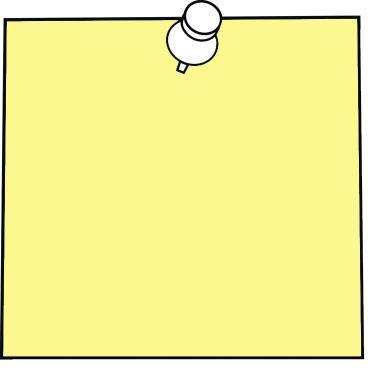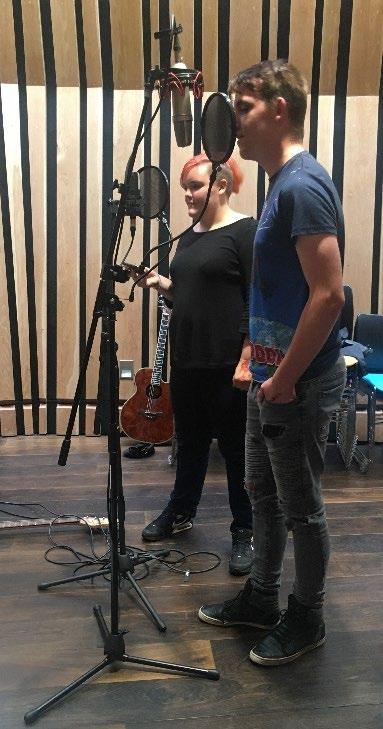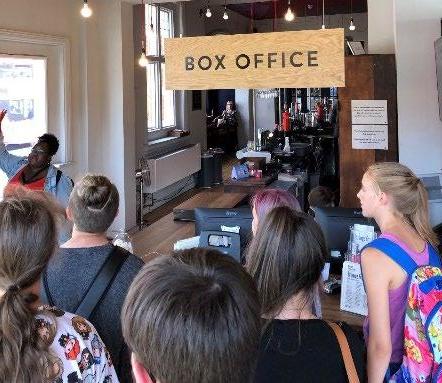
2 minute read
Evaluation In Phase 1
The Hello Future programme was designed in line with target learner ‘ward’ data. The process included matching ‘wards’ with schools/colleges to enable the targeting of the highest number of target learners. In Phase 2 new schools/colleges will be invited to participate in the Hello Future programme to reach the next layer of target learners. Hello Future objectives were set and subsequently micro targets evolved to facilitate fulfilment of the objectives. These are commonly known as ‘Milestones and Tracking’ within the Hello Future partnership and have been used systematically during Phase 1 to ensure objectives have been met.
An evaluation plan was developed in January 2018 and updated in May 2018 to process changes in evaluation in response to partnership feedback. The evaluation plan was underpinned by extensive collaborative work with stakeholders which produced a Learner Need Progression Pyramid and a Theory of Change. The aim of developing the progression pyramid was to identify the key needs of learners as they navigate the education landscape. The progression pyramid informed the development of the Theory of Change. This identified; resources, assumptions/context, acknowledgement of learner barriers, key learner education points, the information/guidance needed at each stage and the connection to Hello Future objectives. This meant that the programme was grounded in expert knowledge and experience of widening participation and the specific barriers affecting young people in Cumbria. The Theory of Change was used to make decisions about which intervention activities were designed, implemented and evaluated by Hello Future in Phase 1.
Advertisement
Hello Future evaluation in Phase 1 took many forms. Given the period of establishing the programme of activities during the earlier part of Phase 1 evaluation was dynamic and inevitably initially reactionary to the programme’s development. The reason for this was that evaluation had to be developed in response to and account for the multitude of new intervention activities being implemented. Therefore evaluation was conducted predominantly on an ‘activity-by-activity’ basis such as whether a workshop or presentation worked for the learner. Towards the middle and latter part of Phase 1 further quantitative and qualitative research methods were adopted. Methods were chosen that were most suitable for conducting research with young people and accounted for the school/college environment in which the Hello Future programme predominantly takes place. Traditional research methods were adapted to make data participation a more exciting prospect for young people. The partnership looked at a myriad of sources through which data could be captured. Experimental methods were adopted which could be used for the residentials and cultural trips as the programme expanded.
Data Collection Methods
CFE Surveys Learner Surveys HEAT Tracking Data Partnership Meetings Parent/Carer Surveys National Baseline Data
Teacher/Advisor Surveys Minutes and Meeting Notes Learner Postcard Feedback
Graduate Intern Blog Content Programme Facebook Reviews External Provider Focus Groups Interviews with Mentoring Learners Informal Conversations With Teachers Multi-level Staff Activity Reflective Logs In-session Learner Attitude Observations Case Studies of H.E. Learners From Target Wards Learner Collaborative Poster/Post-It Note Sessions Commissioned Research Data Insights and Reports Informal Interviews With Learners (Group and Individual)







